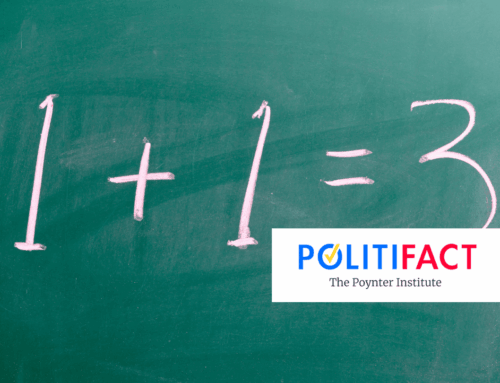Days before the Trump Administration begins, Congress is back in town and getting its legs under it.
A flurry of Executive Orders will swing the pendulum on a number of issues next week. But that pendulum could easily swing back in the next administration, or even sooner with the midterms a mere 23 months away. Ultimately the big issues Congress must work on this year and the various other policy areas they’d like to work on won’t be solved with Executive Orders. It’s up to Congress.
The 119th Congress has a number of must-do items on its plate, starting with finishing the FY2025 budget. The Continuing Resolution expires March 14th. A new Congress is a new opportunity to start fresh, focusing on implementing a new agenda. Can’t exactly do this when you are tying up the last Congress’s unfinished business. Avoiding a government shutdown and providing funding for the final half of FY2025 will be one of the first major tests of a slim majority in the House and a new majority and Majority Leader in the Senate.
Another major leftover from last Congress is raising our nation’s debt limit. In the last budget deal, the Fiscal Responsibility Act of 2023, lawmakers agreed to suspend the debt limit through January 1, 2025 and create a new debt limit of whatever the debt was on January 2, 2025. Treasury Secretary Yellen has warned that the government will have to employ extraordinary measures next week to avoid breaching that limit for the first time in history. With some lawmakers demanding steep spending cuts in exchange for a debt ceiling increase and others, including President-elect Trump, calling for it to be scrapped altogether, the path forward is murky. And remember dissatisfaction with the last budget deal was the final straw leading to the ouster of Speaker Kevin McCarthy (R-CA). So the stakes are high as the Republican House majority is actually slimmer than it was last Congress.
A third major test of whether concern for federal deficits is truly “great again” will come with this year’s expiration of many of the tax cuts enacted by the Tax Cuts and Jobs Act (TCJA) of 2017. These changes to the individual-side of the tax code, things like the increased standard deduction, lower rates, an expanded child tax credit, were temporarily reduced, instead of being made permanent, as a budgetary gimmick to lower the calculated cost of the bill. Simply extending them would cost more than $4 trillion over the next 10 years. Expanding the bill, as President-elect Trump and lawmakers have proposed—to further reduce corporate rates, increase the state and local tax deduction, exempt tipped wages, or other ideas—would lead to trillions more in reduced revenue.
That flurry of Executive Orders expected at the onset of the next administration will also put a number of other expensive items on Congress’s agenda, whether they like it or not.
Addressing border security and immigration was a centerpiece of candidate Trump’s campaign and is anticipated to be the focus of many day-one Executive Orders. Debates over the border have dominated Washington since the Obama Administration. Wherever you fall on this issue, increased detention, expulsion, and tracking, all take significant resources. Ditto for border wall construction or other security measures. Leaving aside any potential economic disruptions, the actions telegraphed by administration will be costly, and those resources will have to be appropriated by Congress—either by increasing deficits or cutting spending elsewhere.
Then there’s tariffs. Tariffs have the potential to cause significant economic harm. They also will assuredly lead to fiscal malfeasance, as they did in the last Trump Administration, when the Secretary of Agriculture used Charter Act Authority to end run Congress and spend nearly $30 billion buying the political goodwill of farmers that were the focus of retaliatory tariffs. Expanding tariffs as the President-elect has promised could easily lead to an expansion of bailouts to other politically favored constituencies. Congress needs to step in and wrestle authority back from this and future administrations by checking any misuse of “emergency” justifications for tariffs, and eliminating tools, like the Charter Act Authority, administrations misuse to bypass Congress. If they don’t, taxpayers will be left footing the bill.
Congress also needs to make good on its promise to rein in deficits. While the realities of politics and math seem to be dawning on Elon Musk and other DOGE supporters, there is still a chance to bring a focus to unnecessary spending. But it will require a sober and honest look at all parts of the budget, including the need to rein in military spending. Yet, some lawmakers in both chambers are pushing to increase Pentagon spending by up to $200 billion over the next four years.
The 119th Congress has its work cut out for it. Many of the tasks they must undertake and the policy goals they want to pursue work at cross purposes. And the slim margins in both the House and Senate mean just a handful of dissenters can gum up the works. Executive Orders can whipsaw policy every four to eight years. But a divided country and a divided Congress mean real, enduring change must come from Congress working together.









